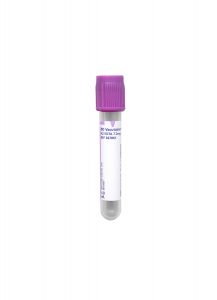Special Communication
Changes to Chemistry Tests
Tests
6-Monoacetylmorphine (6-MAM) Confirmation, Urine (U6AMCO)
Amphetamine Confirmation, Urine (UAMPC)
Benzodiazepines Conf, Urine (UBENZC)
Benzoylecgonine Confirmation/Quantitation (BECGO)
Buprenorphine Quant, Urine (UQNTBU)
Cannabinoid Confirmation, Urine (UTHCC)
Cocaine Confirmation, Urine (UCOCC)
Fentanyl and Metabolite, Urine (UFENT)
Methadone Quantitation, Urine (UQMET)
Opiate Confirmation, Urine (OPICON)
Oxycodone Confirmation, Urine (UOXYCC)
Quantitative Pain Panel, Urine (UQNTPP)
Tramadol and Metabolite, Quantitation (TRAQNT)
Build / Reference Range
Specimen Validity pH, Urine:
4.5 – 8.0
Specimen Validity Specific Gravity, Urine:
1.002 – 1.030
Specimen Validity Creatinine, Urine:
18–99 Years (Male):
46.8 – 314.5 mg/dL
18–99 Years (Female):
42.2 – 237.9 mg/dL
Specimen Validity Nitrites, Urine:
≤ 50 mg/L
Specimen Validity Oxidants, Urine:
< 200 mg/L
Specimen Validity Chromate, Urine:
< 50 mg/L
Oxycodone
In addition to build and special/clinical information changes, the following tests will also have an adjustment to the reference range for Oxycodone:
Special Information
Specimen Validity Testing (SVT) analytes have a stability of up to 5 days at 2 – 8 °C, as stated in the Instructions for Use (IFU).
Based on the laboratory’s studies, this stability is based on samples that have reached an equilibrium.
- Introduction of oxidants to a urine sample will not be stable until an equilibrium is achieved.
- Time to reach equilibrium will vary dependent on the type and amount of oxidant used as an adulterant.
Clinical Information
For Specimen Validity Interpretations, the following rules are applied:
Diluted
Creatinine: ≥ 2 mg/dL but < 20 mg/dL
Specific Gravity: > 1.0010 but < 1.0030
Substituted
Creatinine: < 2 mg/dL
Specific Gravity: < 1.0010 or ≥ 1.0200
Adulterated
pH: < 3.0 or ≥ 11.0
or Nitrites: ≥ 500 mg/L
or Oxidants: ≥ 200 mg/L
or Chromate: ≥ 50 mg/L
Any additional information will be included in a future Technical Update. If you have any questions about these changes, please contact Client Services for assistance.



